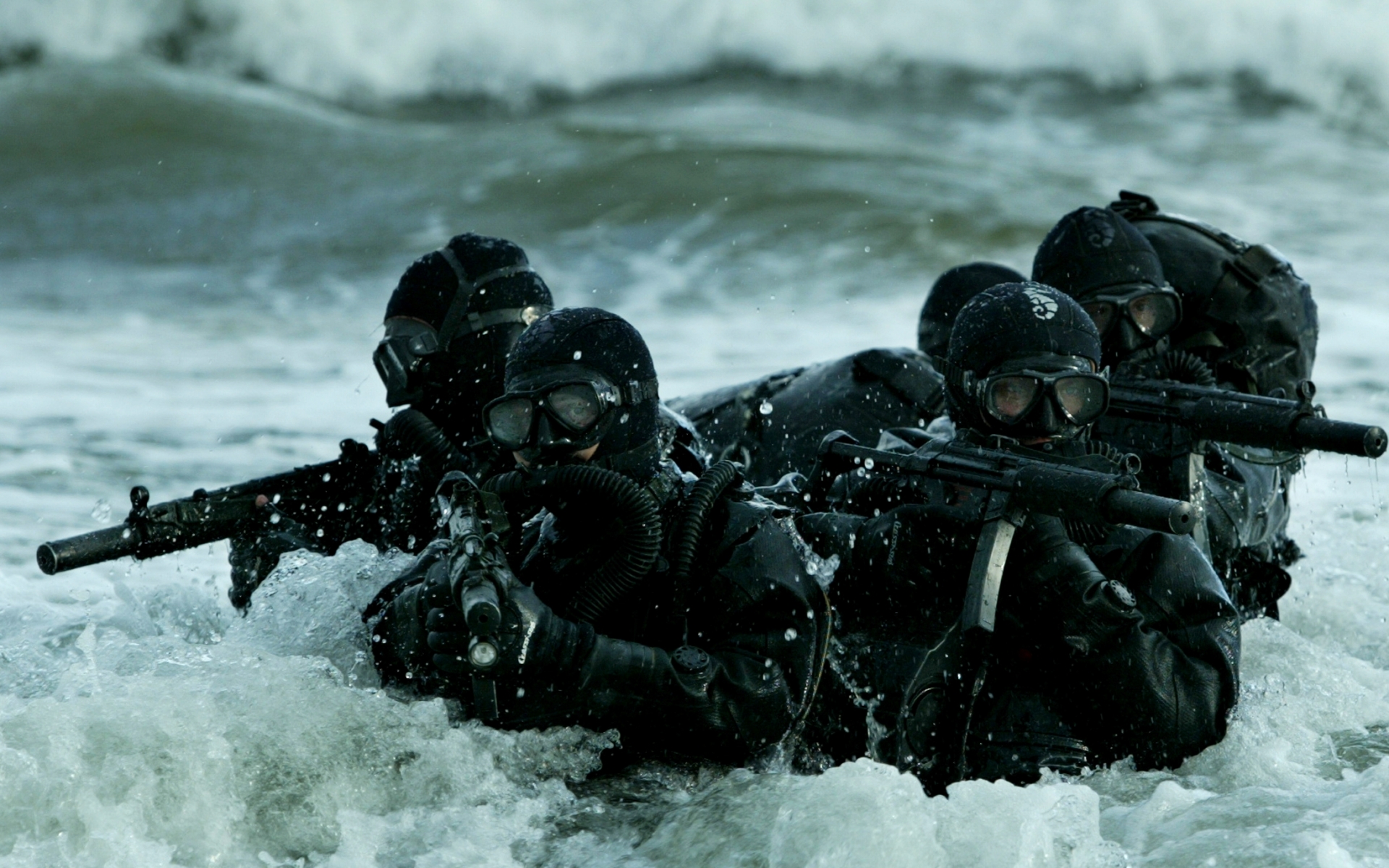The modern day U.S. Navy SEALs can trace their roots to World War II.The United States Navy recognized the need for the covert reconnaissance of landing beaches and coastal defenses. As a result, the Amphibious Scout and Raider School was established in 1942 at Fort Pierce, Florida.The Scouts and Raiders were formed in September of that year, just nine months after the attack on Pearl Harbor, from the Observer Group, a joint U.S. Army-Marine-Navy unit.
Before getting accepted into Basic Underwater Demolition/SEAL training, a prospective candidate must pass a certain number of both mental and physical requirements.These tests include: Pre-enlistment medical screening, ASVAB, AFQT, C-SORT, and PST. Then, the candidate must get a SEAL contract by passing the SEAL Physical Screening Test: 500 yard swim in 12:30, 50 push-ups in 2 minutes, 50 sit-ups in 2 minutes, 10 consecutive pull-ups in 2 minutes, and a 1.5 mile run in 10:30. If the candidate receives a passing score, he may then be admitted into training to become a Navy SEAL.SEAL training is extremely rigorous. The attrition rate fluctuates, but averages at about 80 percent.However, it is not uncommon for BUD/S classes to see up to 90% of the students wash out. The average candidate spends over a year in a series of formal training courses before being awarded the Special Warfare Operator Naval Rating and the Navy Enlisted Classification (NEC) 5326 Combatant Swimmer (SEAL) or, in the case of commissioned naval officers, the designation Naval Special Warfare (SEAL) Officer.


No comments:
Post a Comment